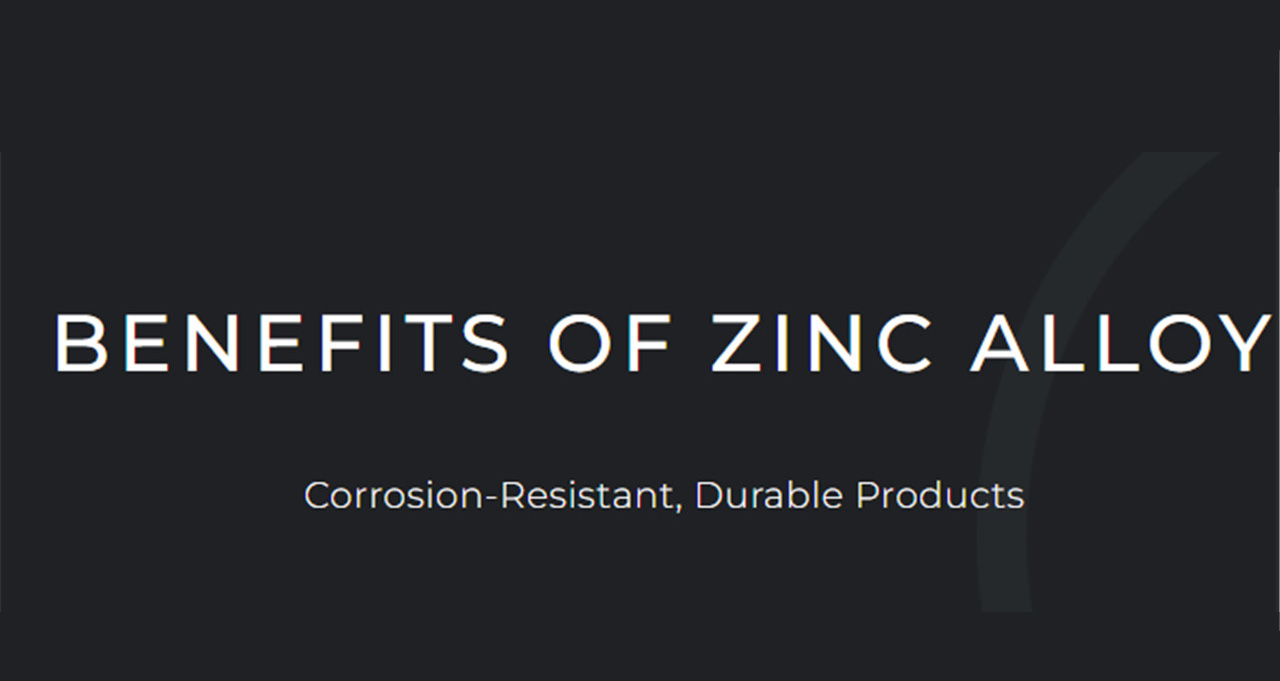Zinc casting alloys provide a better combination of strength, toughness, rigidity, bearing, performance and economical castability than any other alloy possible. In fact their properties often exceed the ones of other alloys such as aluminium, magnesium, bronze, plastics and other cast irons. For its properties of strength and duration zinc is the perfect choice for saving time and money.
In this article you will read a detailed comparison between Zinc and Aluminium Magnesium Machined Steel

And the main benefits of its use.
Comparison between Zinc casting alloys and alternative materials
Designers need to compare materials and examine it in depth at the moment of the choice of the material for the die casting process.
Aluminium
Zinc alloy is more precise than aluminium. Using zinc the designer can create smaller draft angles, smaller and longer cored holes, thinner wall sections are possible. Another important point is that the designer can have a much longer tool life; furthermore zinc has a better machinability and formability but the most important element is that with zinc designers can have lower casting costs.
In terms of avoiding defects zinc alloys is that devices made with this alloy are less likely to leak than those made with aluminium; in fact aluminium tends to expose to porosity and create leaks.
Magnesium
Magnesium is notable for its low density and its price is similar to the aluminium one. When magnesium it is compared to zinc alloys its performances are not so good, in fact in terms of strength to cost ratio and rigidity to cost ratio zinc properties are much more superior than magnesium ones.
Using zinc the designer can save in terms of process costs, can reach a better precision, can have a better corrosion resistance; in addiction zinc has a superior tensile strength and elongation, can create lower draft angles and reach a superior formability.
Machined steel
Steel is cheaper than zinc alloy but, using zinc, the designer can reduce the process costs reaching a better precision. Steel has a limited design and if the designer need to reproduce complex features he needs to assembly pressings.
We can say that zinc has many advantages but the most important one is that it allows the designer to have a better product saving in terms of cost and time.
Areas where zinc is mostly used
Zinc is a material that suits perfectly for many sectors such as:
Home appliances
Automotive
Mechanical sector
Electronic sector
We can say that zinc is suitable for different sectors because has many properties that allow the perfect outcome for products in a cost and time saving approach.
Core benefits of using zinc
One of the most important benefit of zinc is its accuracy, in fact zinc alloys allow closer tolerances than any other metal or molded plastic. This is one of the major benefits of zinc die casting.
Secondly its machinability because zinc characteristics that are trouble-free decrease machining costs, this is a very competitive issue over other materials.
Thin wall capability results smaller, lighter and low cost compared to other metals.
Zinc alloys can be casted with less draft angle than other materials, in fact its components can be casted with zero draft angles that is an advance during the moving mechanical process. All these steps are cost saving.
Post time: Dec-21-2022


